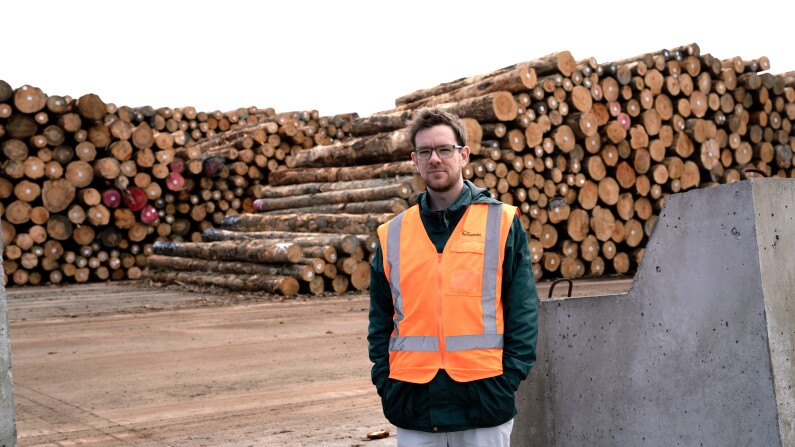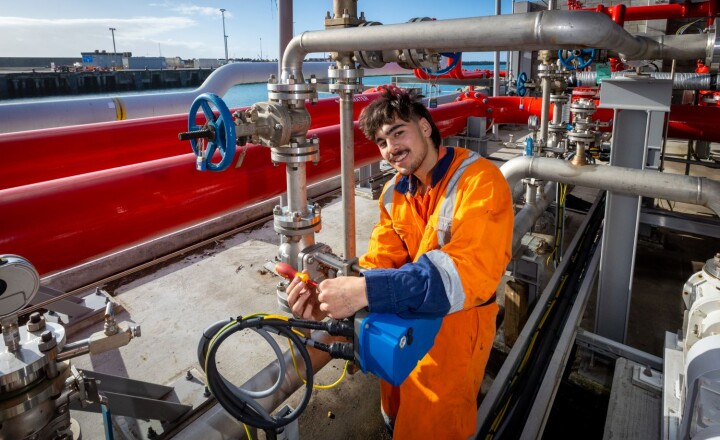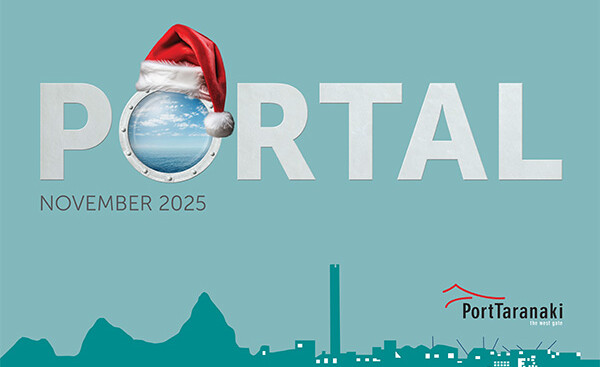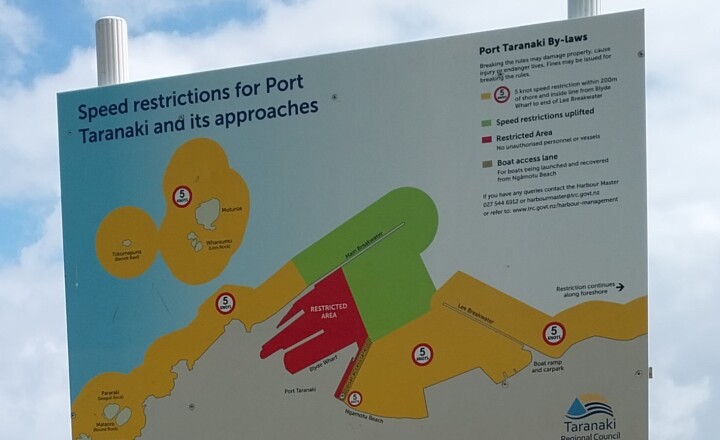
An industry-wide forum to understand how Port Taranaki can better help the export log sector has had immediate results, with a new log yard developed that will keep the supply chain moving during busy periods.
Port Taranaki initiated and hosted the meeting of exporters, trucking companies and marshallers in June, from which a number of solutions were developed to optimise the port’s available land areas and existing yards for log storage.
“Sometimes weather conditions or other factors can mean a log vessel can’t come to port when scheduled, which results in logs sitting on log yards longer without being cleared and greater demand being put on existing log storage,” explains Port Taranaki operations planner Kurt Biesiek.
“This can then impact the whole supply chain. If all available space has been used, the truck companies aren’t able to bring their cargo to port, which means the exporters can’t ship their product, and production slows or halts at the forest site, impacting the logging companies.
“Our company mission is ‘Enabling trade, fuelling regional growth’, so it’s incredibly important we listen to our customers and work with them to make trade easy, which was the focus of the forum.”
While a number of the proposed longer-term solutions will be investigated and implemented over time, Port Taranaki moved quickly to ease immediate demand pressures with the development of a new ‘surge’ log yard.
“A surge yard is an area that is outside the log storage allocation model for exporters. It’s controlled by Port Taranaki, and we assign its use to a particular exporter when space is constrained and their vessel is due,” says Kurt.
The concrete pad on the site of the former Moturoa store, which was removed in 2022, was identified and assessed as being suitable.
“It took a real cross-port team effort,” says Kurt, who was the project co-ordinator.
“Our engineering team carried out strength assessments to ensure the pad could withstand heavy log loaders and the logs; maintenance installed a border around the site for safety and connected the pad to the stormwater system; and a safe, workable traffic management plan was created by operations in consultation with the marshallers.”
Once complete, the yard was put into operation, initially as a trial.
“It went very well. During the trial we had 2,000 JAS (Japanese Agricultural Standard) tonnage in the yard, which equates to about 60 trucks – a substantial amount of cart-in wood.
“The marshallers enjoyed using it – it’s easy to navigate – and the exporters were pleased to have the additional capacity at times of storage constraints.”
The yard is now officially in use and is likely to take more wood when some final work is carried out.
Now the cross-port project team is looking into some of the other longer-term solutions to further improve log storage space.
“We’re looking at every log yard and every piece of port-owned infrastructure and thinking ‘what can we do to be more efficient from a storage point of view?’.
“Small things, like the realignment of the edge of log rows, can actually result in a large yield, so it’s not all about creating and sealing new areas – you can get quite a bit of extra space out of making sure you get the most from your existing yards,” Kurt says.
“And it aligns with one of our long-term strategic aims of having flexible use for all our laydown areas.”
Photo: Project co-ordinator Kurt Biesiek says the new ‘surge’ log yard is a key addition to the port.


